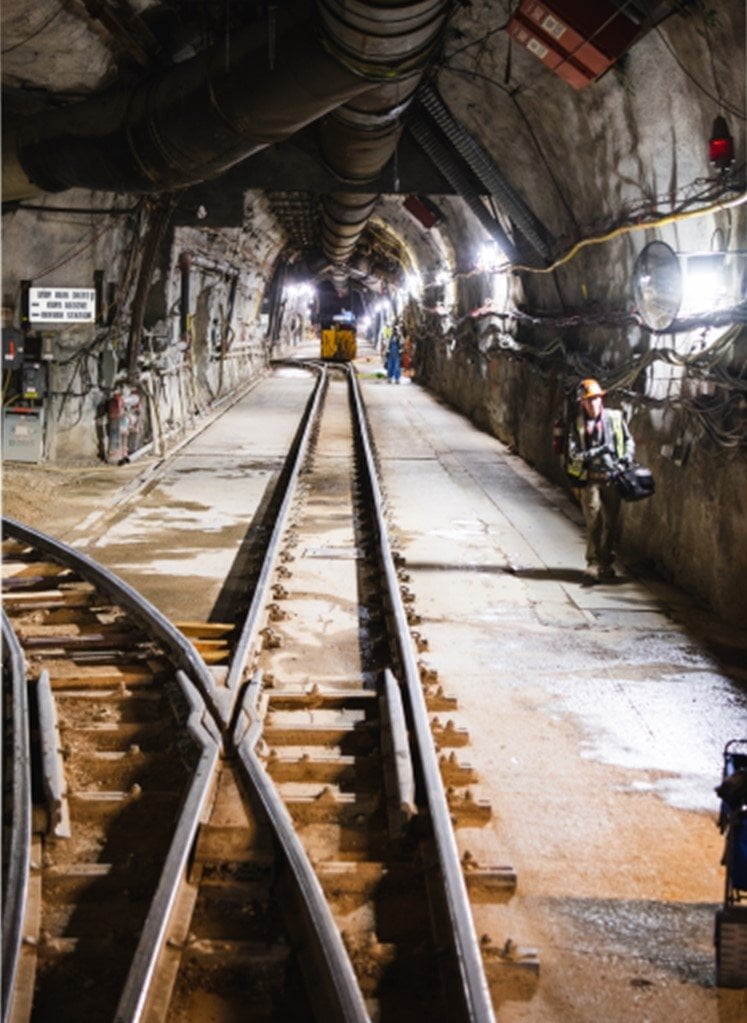According to Bloomberg, which cited the Department of Energy, the test on Wednesday “validated new predictive explosion models” that can assist in identifying atomic bombs in other nations using chemicals and radioisotopes. The test conducted was a “subsurface chemical explosion” on Wednesday, the Energy Department said in a news release.
The experiment was conducted in the P tunnel in Area 12, and it used chemical high-explosives and radiotracers, the Energy Department said.
Corey Hinderstein, the National Nuclear Security Administration’s Deputy Administrator for Defense Nuclear Nonproliferation, said in a statement that “these experiments advance our efforts to develop new technology in support of U.S. nuclear nonproliferation goals.” “By enhancing the detection of subterranean nuclear explosive tests, they will contribute to the reduction of global nuclear threats.”
The notable significance is the timing of this test. It comes in the wake of the Russian Lawmakers decision to revoke the Ratification of the Compressive Nuclear Test Ban Treaty, an agreement that was adopted in 1996 that prohibits nuclear explosions worldwide.
This could be the beginning of nuclear testing being conducted throughout the world. What’s next? Where are the Environmentalists?
Molly K Ottman Executive Editor/Journalist for Mountain Daily Star.

